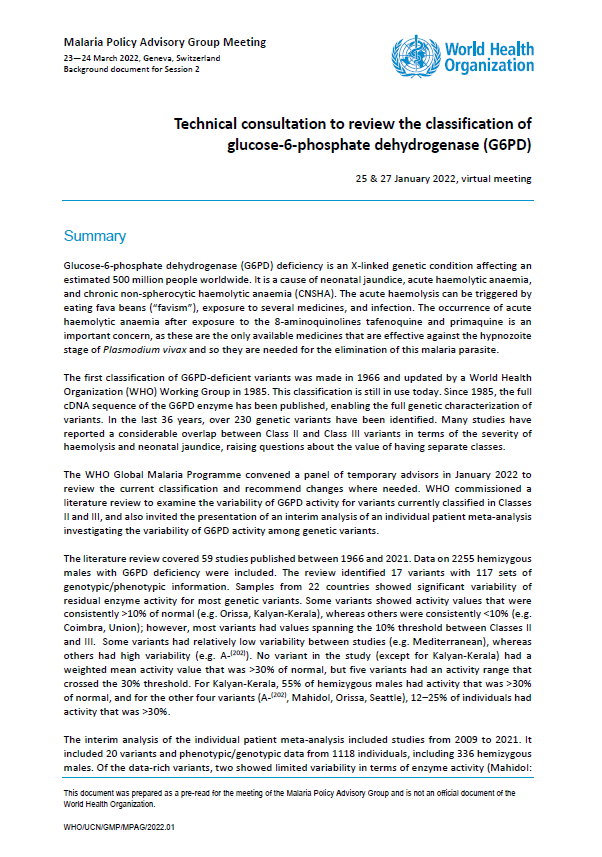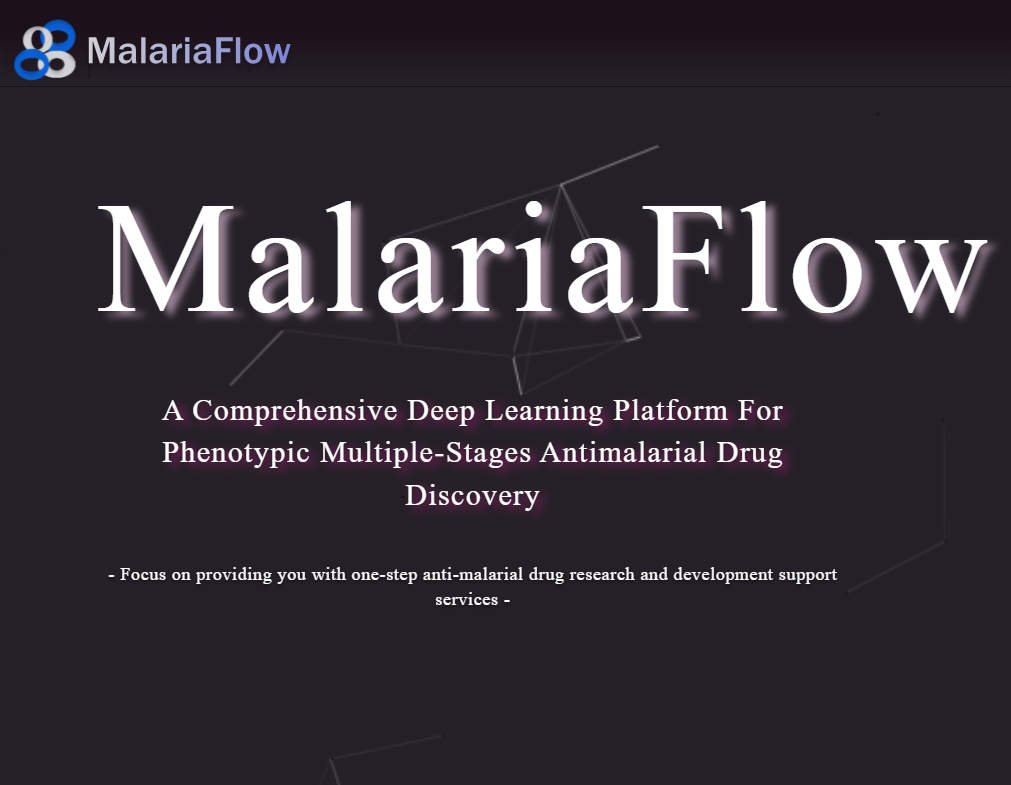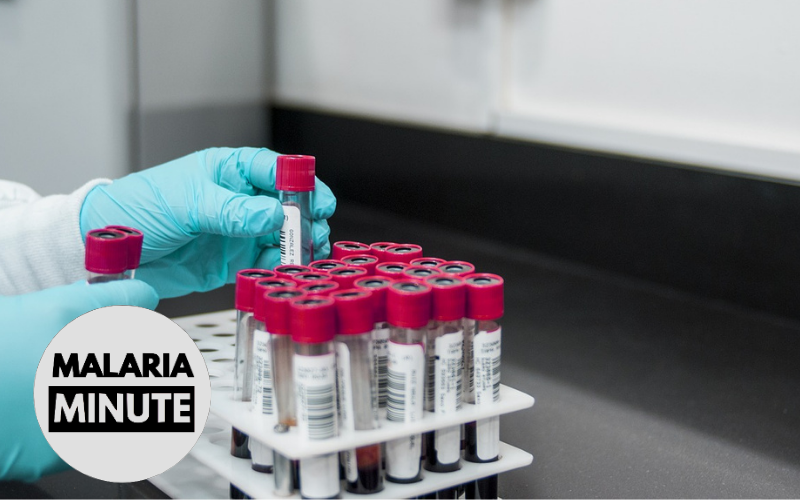Warning: Undefined array key "file" in /var/www/vhosts/gestortectic.com/mesa.gestortectic.com/wp-content/plugins/fulltext-search/includes/wpfts_querylog.php on line 520
Warning: Undefined array key "file" in /var/www/vhosts/gestortectic.com/mesa.gestortectic.com/wp-content/plugins/fulltext-search/includes/wpfts_querylog.php on line 520
Warning: Undefined array key "file" in /var/www/vhosts/gestortectic.com/mesa.gestortectic.com/wp-content/plugins/fulltext-search/includes/wpfts_querylog.php on line 520
Warning: Undefined array key "file" in /var/www/vhosts/gestortectic.com/mesa.gestortectic.com/wp-content/plugins/fulltext-search/includes/wpfts_querylog.php on line 520
Warning: Undefined array key "file" in /var/www/vhosts/gestortectic.com/mesa.gestortectic.com/wp-content/plugins/fulltext-search/includes/wpfts_querylog.php on line 520
Warning: Undefined array key "file" in /var/www/vhosts/gestortectic.com/mesa.gestortectic.com/wp-content/plugins/fulltext-search/includes/wpfts_querylog.php on line 520
Warning: Undefined array key "file" in /var/www/vhosts/gestortectic.com/mesa.gestortectic.com/wp-content/plugins/fulltext-search/includes/wpfts_querylog.php on line 520
Warning: Undefined array key "file" in /var/www/vhosts/gestortectic.com/mesa.gestortectic.com/wp-content/plugins/fulltext-search/includes/wpfts_querylog.php on line 520
Warning: Undefined array key "file" in /var/www/vhosts/gestortectic.com/mesa.gestortectic.com/wp-content/plugins/fulltext-search/includes/wpfts_querylog.php on line 520
Warning: Undefined array key "file" in /var/www/vhosts/gestortectic.com/mesa.gestortectic.com/wp-content/plugins/fulltext-search/includes/wpfts_querylog.php on line 520
Warning: Undefined array key "file" in /var/www/vhosts/gestortectic.com/mesa.gestortectic.com/wp-content/plugins/fulltext-search/includes/wpfts_querylog.php on line 520
Warning: Undefined array key "file" in /var/www/vhosts/gestortectic.com/mesa.gestortectic.com/wp-content/plugins/fulltext-search/includes/wpfts_querylog.php on line 520
Warning: Undefined array key "file" in /var/www/vhosts/gestortectic.com/mesa.gestortectic.com/wp-content/plugins/fulltext-search/includes/wpfts_querylog.php on line 520
Warning: Undefined array key "file" in /var/www/vhosts/gestortectic.com/mesa.gestortectic.com/wp-content/plugins/fulltext-search/includes/wpfts_querylog.php on line 520
Warning: Undefined array key "file" in /var/www/vhosts/gestortectic.com/mesa.gestortectic.com/wp-content/plugins/fulltext-search/includes/wpfts_querylog.php on line 520
Warning: Undefined array key "file" in /var/www/vhosts/gestortectic.com/mesa.gestortectic.com/wp-content/plugins/fulltext-search/includes/wpfts_querylog.php on line 520
Warning: Undefined array key "file" in /var/www/vhosts/gestortectic.com/mesa.gestortectic.com/wp-content/plugins/fulltext-search/includes/wpfts_querylog.php on line 520
Warning: Undefined array key "file" in /var/www/vhosts/gestortectic.com/mesa.gestortectic.com/wp-content/plugins/fulltext-search/includes/wpfts_querylog.php on line 520
Warning: Undefined array key "file" in /var/www/vhosts/gestortectic.com/mesa.gestortectic.com/wp-content/plugins/fulltext-search/includes/wpfts_querylog.php on line 520
Warning: Undefined array key "file" in /var/www/vhosts/gestortectic.com/mesa.gestortectic.com/wp-content/plugins/fulltext-search/includes/wpfts_querylog.php on line 520
Last Updated: 06/11/2023
Synthesis and structure-activity relationships of resistance reversal dihydropyrimidinone-based antimalarials
Objectives
This project aims at studying the synthesis and structure-activity relationships of resistance reversal dihydropyrimidinone-based antimalarials.
Recent data indicates that the challenge to overcome malaria still continues, regardless of all the significant efforts and advances in drug and medical technologies. The rise of drug resistance, particularly in the virulent parasitic plasmodia strains in many malaria prone regions is the principal contributor to this trend. The on-going task that researchers are faced with is to design new strategies to develop novel drugs which may fare better than the existing antimalarial drugs or improve their efficacy. In response to this challenge, the plasmodia inhibitory potential of dihydropyrimidinone (DHPM) analogues has been explored based on their known marked abilities to reverse resistance in malaria in combination with chloroquine (CQ)-like moieties in a single entity and hence act as reversal agents (RAs). This research embarked upon a hybrid-drug approach by taking advantage of the multi-functionalised reaction sites on the DHPM scaffold and covalently linking them through amide bond formation or triazole linker to quinoline and chalcone-based moieties. The targeted highly functionalized DHPM hybrids also presented the opportunity for structure-activity relationship (SAR) studies to be conducted and their crystalline nature paved the way for further crystallography studies. Four series of compounds were evaluated for their antiplasmodial activities. In the first set of compounds the in vitro antiplasmodial activity of DHPMs and DHPM-quinoline-based hybrids was assessed against K1 CQ-resistant (CQR) strain at 1 and 5 µM to determine the inhibition (%) using CQ as the reference drug (Figure 3.16, Table 3.3). The DHPMs used as the RAs, displayed minimal activity against the K1 strain of P. falciparum. In the first set of compounds the plasmodia inhibitory data indicated that generally all the DHPM-4-aminoquinoline hybrids revealed excellent to good activity against the K1 CQR strain, including hybrids 3.11d-f with a % inhibition ranging from 97.6-103.1 displaying markedly a greater potency than CQ at 1 µM and the hybrids 3.11a,d,e with a % inhibition ranging from 97.5 -105.3 exhibiting a more superior activity than CQ at 5 µM. Overall, the remaining hybrids displayed comparable activity to CQ with hybrid 3.11i having the least % inhibition of 71 and 66% at 1 µM and 5 µM respectively. From the antiplasmodial study, we were able to show that all the hybrid compounds containing a benzoyl group at position 5 of the DHPM displayed good antiplasmodial activity against the K1 CQR strain of P. falciparum. This finding further supports the need for the presence of two separate aromatic rings to exhibit a notable increase in the antiplasmodial activity and could be used as potential RAs. In the second series of compounds the in vitro antiplasmodial activity of DHPMs azide-based intermediates 4.5e-h, DHPM-quinoline-triazole hybrids 4.13a-h and DHPM-mefloquine-triazole hybrids 4.14a-h was evaluated against NF54 CQ-sensitive (CQS) strain at 1 and 5 µM to determine the growth inhibitory activity (%) using CQ as the reference drug (Figure 4.14, Table 4.3). The DHPM-4-aminoquinoline-triazole hybrids 4.13a-d with % inhibitions ranging from 97.0 to 99.0 displayed the best inhibitions comparable to CQ at both 1 and 5 µM a against NF54 CQS strain. The most potent compounds, the DHPM-quinoline-triazoles hybrids 4.13a-d were further evaluated for the in vitro antiplasmodial activity to determine the IC50 against NF54 CQS and K1 CQ-resistant (CQR) strains while the moderately potent compounds, the DHPM-mefloquine-triazoles 4.14c, 4.14e and 4.14g were subjected to in vitro IC50 determination against K1 strain. Compounds 4.13a-d with 4-aminoquinoline functionality displayed the highest inhibitions comparable to CQ at both 1 and 5 µM while the remaining compounds in this library, compounds 4.13e-f with the 4-oxyquinoline moiety revealed minimal inhibitions at both concentrations, though higher at 5 µM. Compounds 4.14a-h with the mefloquine moiety showed lower antiplasmodial activity than CQ and the quinoline-derived hybrids 4.13a-h. Amongst the tested hybrids for the IC50 determination, Table 4.4, compounds 4.13a-d displayed good antiplasmodial activity against the CQR K1 strain between 421-567 nM and showed higher activity between 138-245 nM against the NF54 CQS strain while compounds 4.14c, 4.14e and 4.14g have IC50 values greater than 5 µM. Hybrids 4.13a-d also showed reduced Resistance Indices (RI) factor between 2.3-3.6 as compared to CQ with RI factor of 8.5, suggesting that the addition of the DHPM to the quinoline scaffold was able to change the sensitivity of the K1 strain observed. This implies that the hybrids 4.13a-d showed no cross-resistance and are able to reverse resistance in CQR K1 strain of P. falciparum. Thus, compounds 4.13a-d with a triazole linker were able to reverse resistance in P. falciparum as seen from their resistance indices, although with higher IC50 values than CQ. The third series of hybrids, comprising chalcone hybrids 4.21a-h and their 1,3-diarylpropane analogues 4.24a-d, were screened for antiplasmodial activity at 1 and 5 μM with intermediates 4.5e-h, 4.19a,b and 4.22 while CQ was used as control drug. Chalcone was also successfully linked to DHPM via a triazole linker. This was done to investigate the antiplasmodial activity of chalcones and the effects of the DHPM on their hybrids. DHPM-chalcone hybrids generally displayed lower antiplasmodial activities than DHPM-CQ hybrids. Largely, all the 1,3-diarylpropane hybrids showed lower activity than their chalcone-based analogues except for compound 4.24a which showed a better activity than 4.21a at both 1 and 5 µM. In the final series, the in vitro inhibitory activity of the quinoline hybrids 4.33a-c, 4.34, 4.35 and their control analogue 4.30 without the quinoline ring was evaluated against K1 CQ-resistant (CQR) strain of P. falciparum at 1 and 5 µM, using CQ as the reference drug (Figure 4.30 and Table 4.6). The control analogue 4.30 lacking the quinoline moiety showed no inhibition at both 1 and 5 µM. Remarkably, the most active hybrids 4.33a-c were those containing the amide linker between the DHPM and the quinoline ring. This significant difference between their antiplasmodial activities suggests a greater activity in hybrids with the amide linker than those containing the triazole linker (4.34 and 4.35). Also, evident is the reversal ability of the DHPM which is significantly dependent on the aromatic ring of the DHPM. Notably, between the triazole containing compounds 4.34 and 4.35, 4.35 with the 4-amino functionality showed better activity at both concentrations than 4.34 lacking a 4-amino functionality. Thesis (PhD (Chemistry))–University of Pretoria, 2020. University of Pretoria Chemistry PhD (Chemistry) Restricted
Mar 2020


